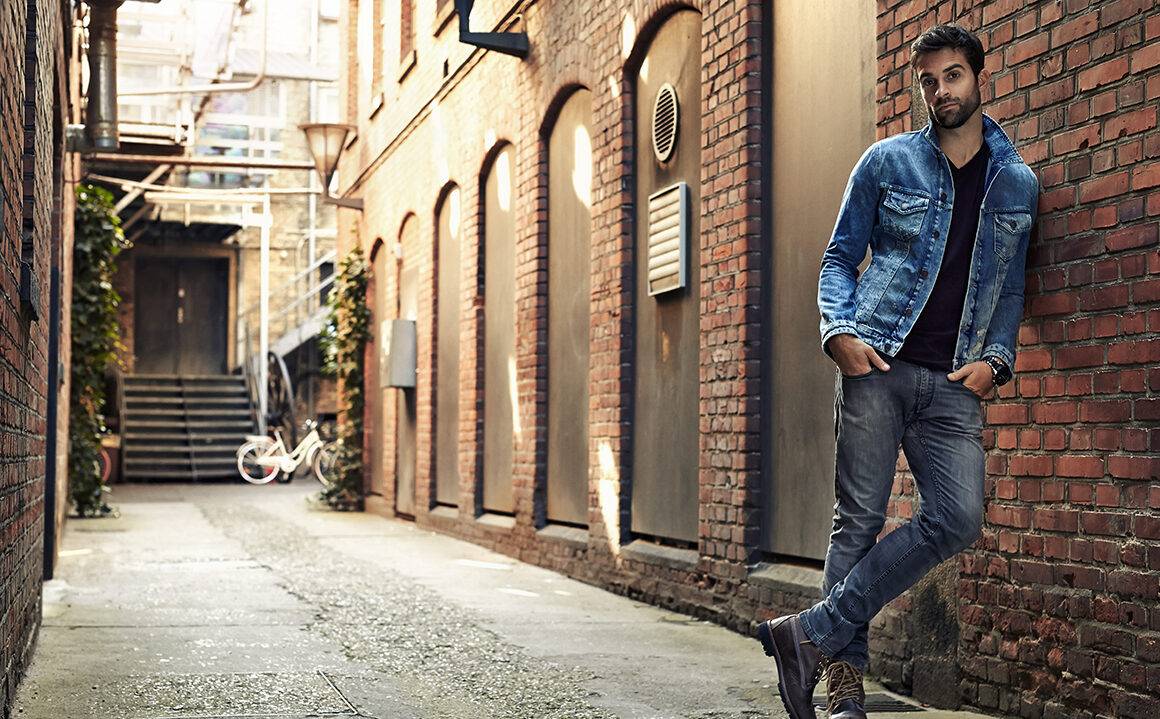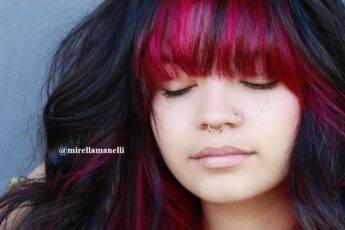Jeans Buying Guide for Men 2021

Jeans were once considered workwear–everyday clothing that had to be durable. It didn’t matter how it looked. When blue jeans became popular as a fashion item, designers gradually improved the fits to achieve specific looks. Patternmakers are currently developing techniques and methods of sewing that result in the perfect fit.
Unfortunately, the enormous popularity of denim does not make finding the ideal pair any easier. Understanding fit and cut is critical for determining what is best suited to your body type.
This blog is here to help you find your best fit and discount man Diesel jeans site.
Slim Leg Jeans
Slim leg jeans, perhaps the most versatile fit, are flattering on larger thighs because the tapered ankle works to extend and slim the silhouette. When purchasing slim leg jeans, it is also advised to err on the side of true fit, with a snug waistband fit is essential for long-term comfort when the fabric begins to stretch.
Skinny fit jeans
Skinny-fit jeans are narrowly cut and close-fitting with a healthy amount of stretch and are best suited to lithe body types with slim legs and height. Skinny-fit jeans should never be completely skin-tight, regardless of your build.
Straight Leg jeans
The straight leg is a traditional, American classic and is essentially the pioneer of denim. Straight-leg jeans are typically cut straight from the hips down the legs with little tapering, look best on an athletic body, with a generous shoulder-to-hip ratio working to mitigate the bagginess of the cut. Skinny men can also pull off the straight leg in a casual setting, albeit in a more casual, bohemian sense.
Tapered jeans
Tapered jeans are a softer take on the straight leg cut, doing exactly what the name implies, lessening the line between the slim leg and straight leg jeans. A slight taper is desired here, with the leg skimming and fitting, especially around the thighs and calves. Tapered leg jeans provide an aesthetic with a comfortable seat and streamlined calves and ankles. They are more flattering than skinny-fit jeans but more sculpted than straight-leg jeans.
4 factors that make jeans best fit
Consider these four fit features when looking for a pair of jeans that make you feel good and look good–the shape of the leg, the rise; the length (also known as the ‘break’); and the fabric.
The shape of the leg
The shape of the leg determines the different types of fits, and three measurements are used to determine it– the thigh, the knee, and the leg opening. The sum of these measurements determines the shape of the leg. However, there is no standard for how brands and denim designers combine measurements to create various fits. Hence, the leg shape of a loose fit in one brand may be similar to that of a regular fit in another. The actual measurements, of course, vary depending on the size of the jeans. To find comfortable and fashionable jeans, you cannot simply shop for jeans based on their labeled fit. Try them on before buying or carefully measure them against a pair of jeans you already own.
The Rise
The rise is the measurement from the bottom of the crotch to the top of the waistband. That means you have a front rise as well as a back rise. Unlike trousers and slacks, jeans have a curved back rise. That is, it goes all the way around to the front of the jeans. The rise is important as it determines where the jeans sit on the body, and it should follow your contours to ensure a comfortable fit that looks good on you. There are four types of rises–low rise, mid rise, high rise, and drop crotch. Brands, like leg shape, have different definitions for what each rise category entails in actual measurements—and they vary by size.
The length
When it comes to jeans length, the basic rule is that the break (where the legs end) should be right where your feet begin. When worn without shoes, the front of the hem will rest on top of your instep, while the back will kiss the ground. With trends such as cropped legs, cuffing, and stacking, jeans length has largely become a matter of personal taste. However, the length of your jeans matters for how they look on you, and you can use it to create optical illusions. Before buying, try on the jeans or compare them to another pair you own. Keep in mind the shrinkage factor, as even sanforized denim shrinks slightly.
The fabric
Traditionally, Denim has been made from 100% cotton, that’s why it is referred to as ‘rigid denim.’ However, Stretch denim has become the norm for many fashion denim makers as fits have slimmed down over the last couple of decades, and spinning technology has evolved. The main benefit of having stretch in denim is well-known to anyone who has tried it–the jeans become significantly more comfortable. Even with a few percentages of stretch material, you can achieve stretchability of 30-40%, implying that the denim will stretch 1.3-1.4 times its original size. The problem is stretch denim sometimes loses its authentic denim look and becomes saggy over time.
Share via:





Leave a Comment